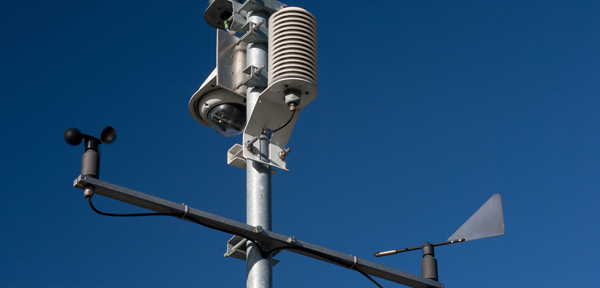
After environmental groups threatened to hold a rally at the International-Matex Tank Terminals (IMTT) campus in St. Rose, St. Charles Parish and the state are now discussing plans to place air monitors in the area.
Retired Army Lt. Gen. Russel Honoré, who leads the statewide environmental group the Green Army, claimed that 1,000 people would rally at IMTT’s campus if air monitoring was not performed in St. Rose. He and others asked for the air monitors because they believe a Shell asphalt plant located inside the IMTT campus is still releasing emission that are causing noxious odors in the area.
In June, Shell and IMTT admitted to releasing emissions for 10 days, but both said that the levels did not exceed statewide regulations and have since been halted. Around 130 people living in St. Rose near IMTT said those emissions made them sick, and some say they continue to smell the odor and experience health problems.
St. Rose Community: One Voice was formed after the incident and representatives of the group asked the parish to implement air monitoring 24 hours a day in the area to ensure toxic gasses were not being released. Parish officials said that they would not be able to perform air monitoring and instead asked the Louisiana Department of Environmental Quality to do so.
Late last month, LDEQ declined that request. However, after a meeting last week in which all of the groups involved met with the presidents of Shell and IMTT as well as St. Charles Parish President V.J. St. Pierre, Honoré indicated that LDEQ is looking into placing air monitors in the area.
“We had a good session. I think everybody was happy to sit down and talk. We made big progress,” Honoré said.
Honoré said any community action against Shell and IMTT will be on hold while the details of the planned air monitors are decided upon.
“The kind of monitors they bring in are critical. They have to make sure they work 24/7 and detect H2S (hydrogen sulfide) and benzene,” he said. “We know the standard and if you don’t have the right kind of machine you can’t find anything.”
According to Honoré, St. Rose Community: One Voice, the Green Army and the Louisiana Bucket Brigade hope to work alongside LDEQ and the parish government to design a proper air monitoring program.
“We are doing a grid of everyone in the community who has complained about smelling something. When we plot it all out that way we can tell where we should put the monitors,” Honoré said. “If you put the monitors in the wrong place or wrong height they are not going to smell anything. If you put the monitors on from 8 a.m. to 5 p.m. you won’t smell anything.”
Anne Rolfes, founding director of LABB, said placing air monitors in the affected area is just common sense.
“Air monitors are a reasonable, basic request and it’s great to see the parish leadership finally step up on the issue. The parish president and the council can help a lot of people in the parish by requiring that these companies use some of their profits to protect people’s health,” she said.
But Greg Langley, press secretary with LDEQ, said the department is currently assessing whether it would be possible to put air monitors in the area.
“We have not committed to putting in monitors yet. We are exploring our options at this point,” he said.
Langley said, to his knowledge, such a program has never before been undertaken by LDEQ and any talks of placing air monitors in the area are in their infancy.
“There is some talk of mounting some area rays at this point, which are portable monitors, in a couple of places. We are just looking into that now to determine what we may decide to do, but we have not committed to anything yet,” he said.
Langley said LDEQ would ordinarily deploy their more sensitive mobile air monitoring lab (MAML), such as they did for the June release, but that the piece of equipment is currently not in operation.
“We normally use MAML, but it is unavailable right now. The MAML has mechanical issues and is in the shop,” he said.
While the MAML is more sensitive and picks up toxins in the air in parts per billion, the area rays only pick up toxins in parts per million.
“They are not as sensitive an instrument as others and we do not know if they would be as acceptable to the people there,” Langley said.




Be the first to comment